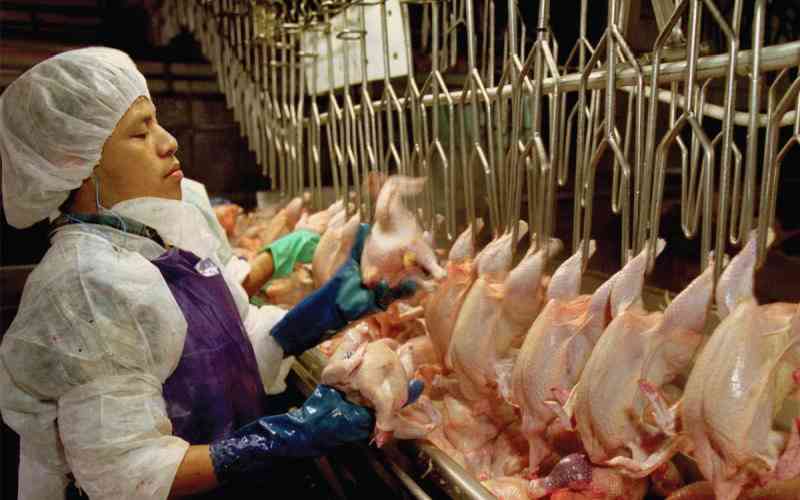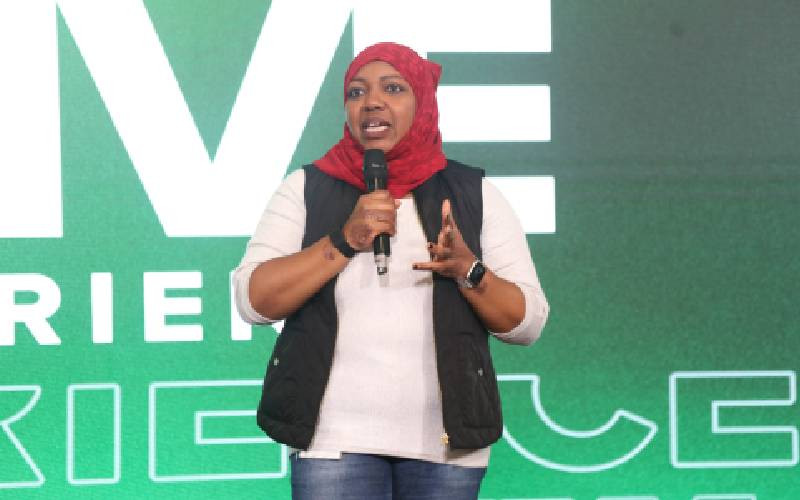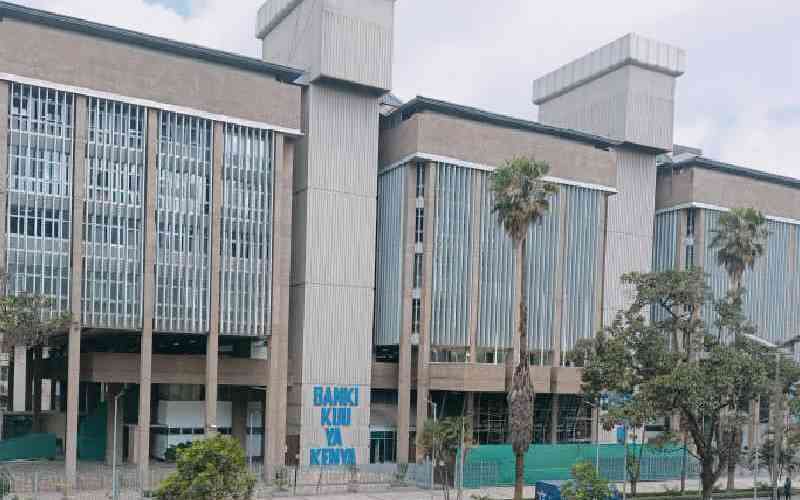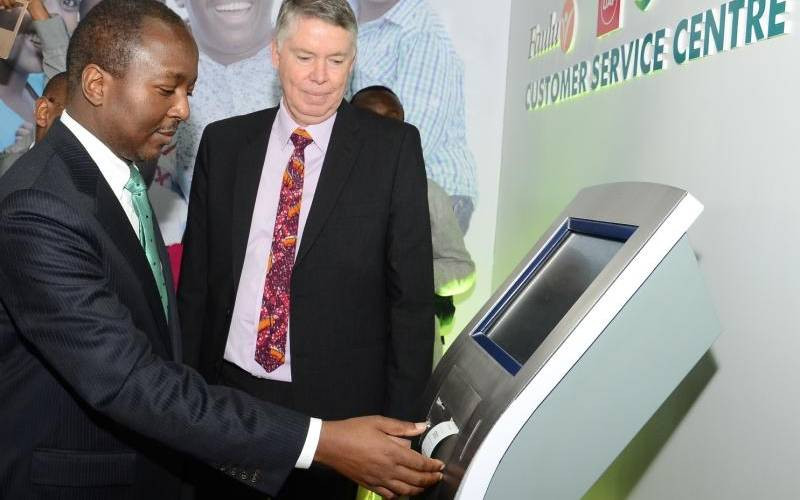
Most poultry producers in Kenya have not invested much in new chicken processing technologies, which are more efficient and ensure food safety for consumers.
A majority of farmers use the traditional method of manually slaughtering birds on a concrete slab.
Whichever method you choose to process your mature birds for the market, there are fundamental procedures that must be followed to ensure that the final product is fit for sale and consumption. Let’s look at some critical factors that must be addressed to ensure a good-quality carcass that is safe for human consumption.
Feed withdrawal: Withdrawing feed between 6-12 hours before commencement of slaughter gives the gut time to clear all the ingesta in the lumen.
However, water should be provided in plenty until the time of slaughter. If birds are slaughtered with feed in the gut, spillage of faecal material onto the carcass will occur during the process of evisceration (removal of the intestines and attached organs like liver, spleen, gizzard and crop). This will result in bacterial contamination and rapid spoilage of meat and loss to the farmer. On the other hand, excessive starvation beyond 12 hours will result in loss of intestinal integrity lining and weakening of the membranes.
During the evisceration process, the intestines are likely to rupture and spill the liquid ingesta and contaminate the carcass as well. So, it is important that the withdrawal period is closely adhered to, and farmers only carry out this process once an order has been secured and confirmed. This is one of the most important food safety requirements in poultry processing.
Catching: Manage birds humanely as you pick each bird, preferably at night, when it’s cooler. Grab each bird with the wings to avoid excessive flapping, breaking of bones, scratching, and bruising of the skin cover.
This will significantly reduce condemnation due to physical injuries. Blue or green lighting during the catch will reduce bird activity and piling up.
Proper stunning/killing: This is the most critical aspect of slaughter, which, if not done properly, will result in massive carcass rejection by your customers or agents. Excessive struggling during the killing process may result in inadequate bleeding and carcasses with broken bones or dislocation of wing joints.
Incomplete bleeding may cause blood spots on the breast meat and wing discolouration. Electrical stunning (110 volts) is the most ideal method recommended by industry regulators. However, this method is far more expensive for our local poultry farmers. Nevertheless, one can do cervical dislocation of the neck if you have no access to electricity. Place the birds on bleeding cones, headfirst, with both wings folded to prevent flapping, causing injuries.
Scalding: Use hot, near-boiling water, with the birds completely immersed in the water to soften feathers, which makes it easier to pluck and remove any soil or organic material sticking on the skin. Plucking can be done by hand or using mechanical pluckers, which are available in the market. Optimum temperatures range from 51ºC (124ºF) to 55ºC (132ºF). Excessive scald temperatures will result in both carcass damage and yield loss.
Evisceration and cleaning: This is the process of removing all the internal organs from the upper buccal cavity, removing the windpipe, oesophagus, crop, gizzards, liver, spleen and the entire intestines carefully without spilling the contents on the carcass. A cut is made at the base of the tail above the vent from where a hand is introduced to grab the large intestines and other internal organs. This is followed by thorough cleaning in portable chlorinated water to reduce any form of unintended contamination of the carcass. The heart, gizzard, and liver are kept for consumption, while the intestines, head, spleen, gall bladder and feet are discarded or sold as pet food.
Chilling and freezing: Immediately after cleaning, you need to quickly chill the chicken in a tank with water and packs of ice to a temperature of 40ºF within four hours to arrest any microbiological growth and improve the shelf life of your chicken and the yield.
[Dr Messo is the company veterinarian, Kenchic; [email protected]]
Stay informed. Subscribe to our newsletter







